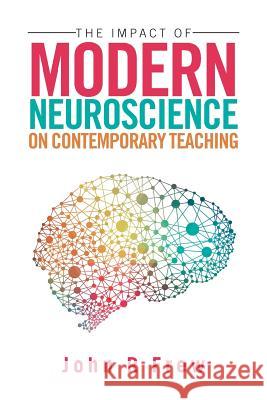The Impact of Modern Neuroscience on Contemporary Teaching » książka
The Impact of Modern Neuroscience on Contemporary Teaching
ISBN-13: 9781524520496 / Angielski / Miękka / 2016 / 160 str.
Since the 1990s, there has been an explosion in the awareness of the impact of the development and function of the brain on schooling. The availability of techniques like magnetic resonance imaging allows scientists to examine how the brain functions with increasing accuracy; it is at the core of neuroscience and increasingly psychiatry. The results have allowed educators to improve their approach to teaching and learning, but these ideas habitually clash with the traditional structure of educational theory, which is underpinned by cognitive practises.
This new information can assist teachers in dealing not only with a student's learning but also in understanding the causes of severely dysfunctional behaviour and techniques for managing behaviours that impact on the learning of individuals and their peers.
Since the 1990s, there has been an explosion in the awareness of the impact of the development and function of the brain on schooling. The availability of techniques like magnetic resonance imaging allows scientists to examine how the brain functions with increasing accuracy; it is at the core of neuroscience and increasingly psychiatry. The results have allowed educators to improve their approach to teaching and learning, but these ideas habitually clash with the traditional structure of educational theory, which is underpinned by cognitive practises.
This new information can assist teachers in dealing not only with a student’s learning but also in understanding the causes of severely dysfunctional behaviour and techniques for managing behaviours that impact on the learning of individuals and their peers.











